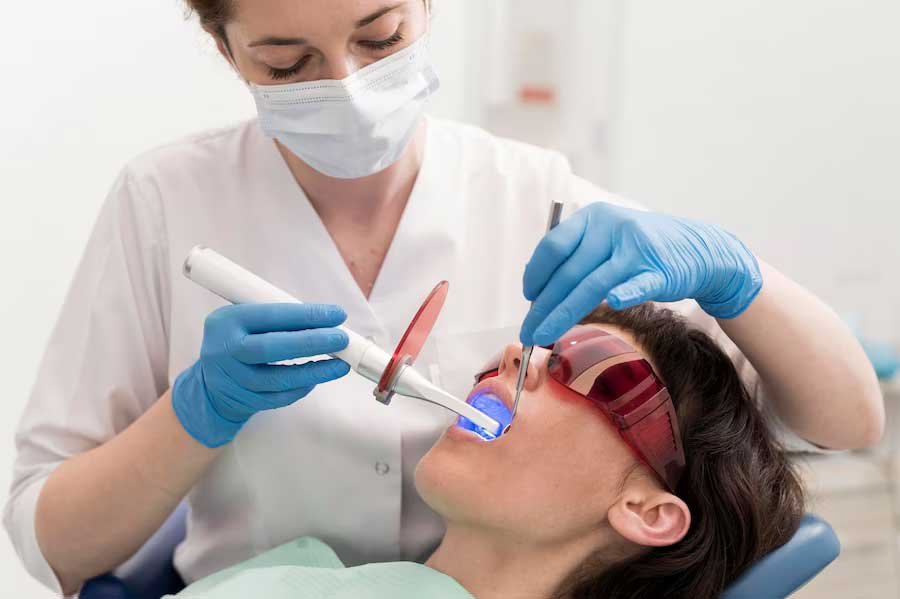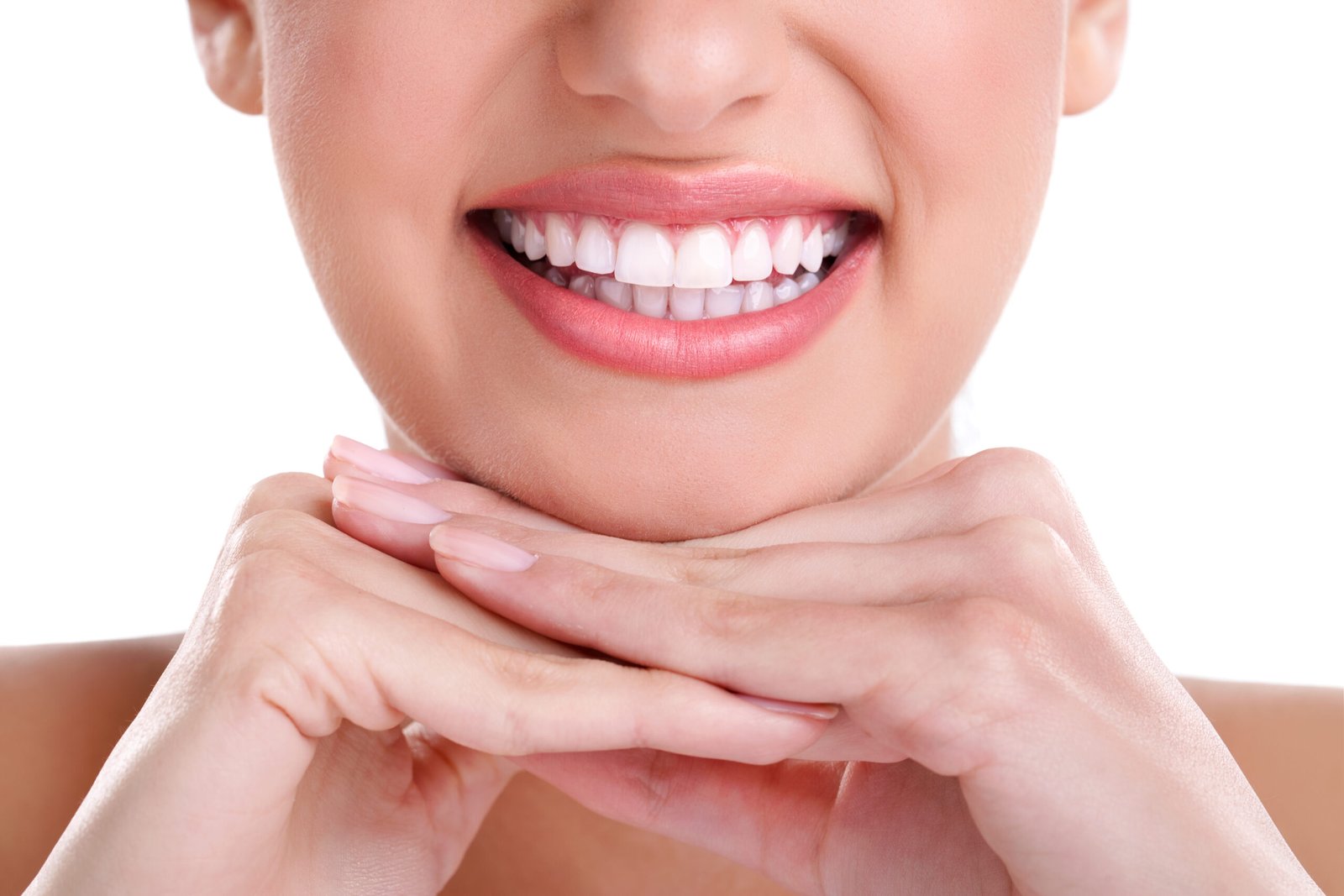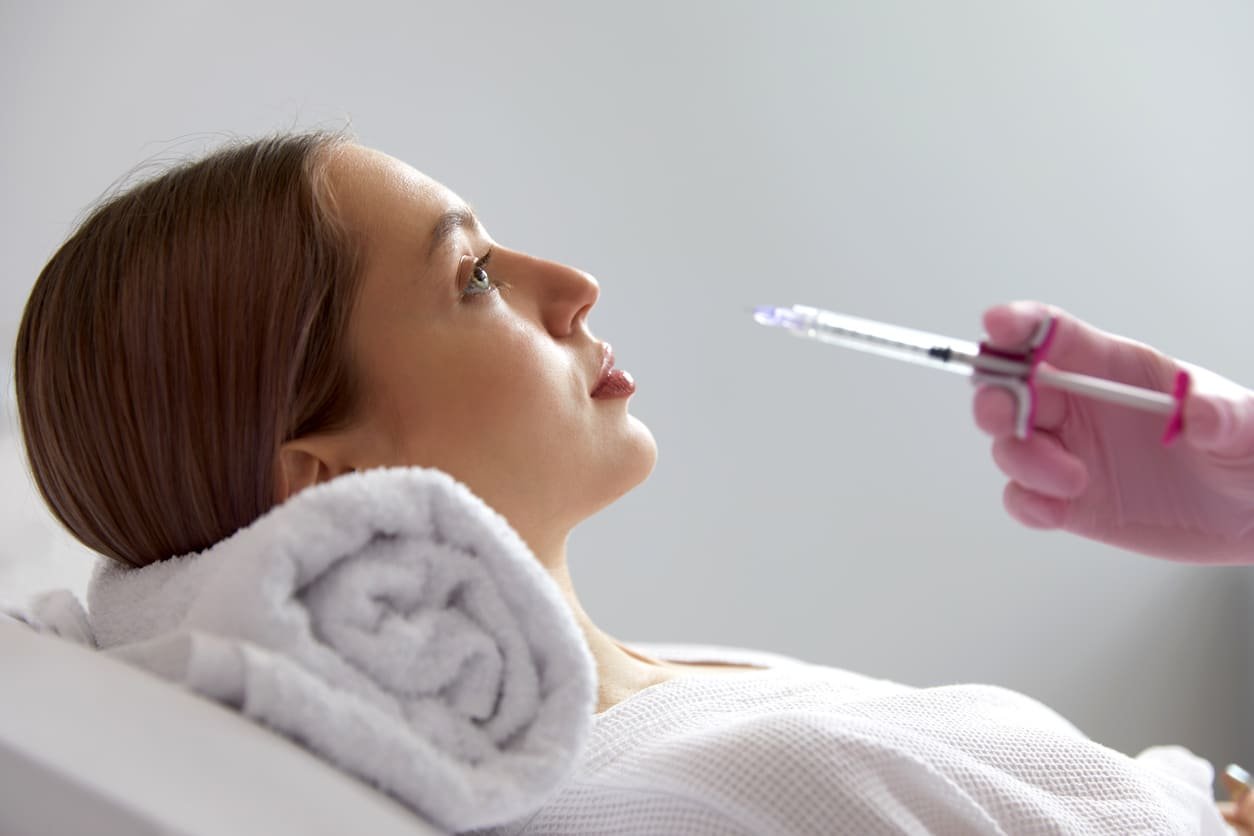Facelift surgery has become a popular choice for individuals seeking to rejuvenate their appearance and regain a youthful look. As with any surgical procedure, understanding the recovery process is essential for setting realistic expectations and ensuring optimal results. Today, advancements in surgical techniques and post-operative care have significantly improved recovery experiences, allowing patients to return to their daily routines more quickly and comfortably. In this comprehensive guide, we will explore what Facelift in Abu Dhabi entails, the typical recovery timeline, and how modern practices make the healing process smoother than ever before.
Understanding the Modern Facelift Procedure
The Evolution of Facelift Techniques
Over the years, facelift procedures have evolved from invasive surgeries with lengthy recovery periods to minimally invasive techniques that offer faster healing and less discomfort. Surgeons now utilize advanced methods such as SMAS (Superficial Musculoaponeurotic System) lifts, endoscopic procedures, and neck lifts, which target specific areas with precision. These innovations not only enhance aesthetic outcomes but also contribute to shorter recovery times, making facelifts more accessible and less disruptive to patients’ lives.
What Happens During the Surgery?
During a facelift, excess skin is carefully removed or repositioned, and underlying tissues are tightened to restore a firmer, more youthful contour. The procedure typically involves small incisions hidden within natural skin creases, which minimizes visible scarring. The use of local anesthesia combined with sedation ensures patient comfort throughout the operation. Understanding the surgical process helps set expectations for the subsequent recovery period.
The Immediate Post-Operative Period
First 24 to 48 Hours
The initial days following a facelift are crucial for managing swelling, bruising, and discomfort. Patients may experience tightness and mild pain, which can be effectively managed with prescribed medications. Swelling and bruising are common but usually peak within the first two days and gradually subside. During this time, resting with the head elevated helps reduce swelling and promotes better circulation.
The Role of Cold Compresses and Rest
Applying cold compresses to the treated areas can significantly alleviate swelling and discomfort. Proper rest and avoiding strenuous activities are vital to facilitate healing. Patients are advised to limit movement and avoid bending or heavy lifting to prevent unnecessary pressure on the face and neck. Staying hydrated and maintaining a healthy diet support the body’s natural healing processes.
The First Week of Recovery
Managing Swelling, Bruising, and Discomfort
By the end of the first week, most patients notice a marked reduction in swelling and bruising. Light activities can typically be resumed, but strenuous exercise and heavy lifting should still be avoided. Wearing supportive dressings or compression garments, as recommended by the surgeon, can help control swelling and provide comfort. Regular follow-up visits ensure that healing progresses smoothly and any concerns are promptly addressed.
Returning to Light Daily Activities
Many patients feel comfortable enough to return to work and light social engagements within this period. However, it’s essential to follow personalized post-operative instructions to optimize healing and minimize complications. Using gentle skincare routines and avoiding sun exposure protect the delicate skin during this sensitive phase.
The Second to Fourth Weeks
Continued Healing and Appearance
During this phase, swelling continues to diminish, and the skin begins to settle into its new contours. The face may appear more natural as residual swelling subsides. Patients often notice an improvement in their overall appearance, feeling more confident and rejuvenated. While most activities can be resumed, high-impact exercises should still be approached cautiously.
Managing Residual Swelling and Scarring
Residual swelling may persist for several weeks but gradually resolves with time. Incisions continue to heal discreetly within natural creases, becoming less visible over time. Proper skincare, including gentle cleansing and moisturizing, supports skin health and scar healing. Protecting the skin from sun exposure is crucial to prevent hyperpigmentation and ensure optimal scar maturation.
The One to Three Months Mark
Final Results and Skin Tightening
By this stage, most swelling and bruising have resolved, revealing the final results of the facelift. The skin appears tighter, smoother, and more youthful, with natural-looking contours. The healing of scars progresses, becoming less noticeable. Patients often enjoy increased self-confidence and satisfaction with their rejuvenated appearance.
Long-term Care and Maintenance
Maintaining results involves adopting a healthy lifestyle, including proper skincare, sun protection, and regular follow-up visits. Some patients may choose non-surgical treatments like Botox or dermal fillers to enhance their facelift results further. Consistent care helps prolong the youthful effects achieved through surgery.
The Six Months to One Year Milestone
Complete Healing and Optimal Results
Full healing and scar maturation typically occur within a year. The skin continues to adapt to its new position, and any residual swelling or minor imperfections fade away. Patients enjoy long-lasting results that can be maintained with proper skincare and lifestyle choices.
Tips for Supporting Recovery
Staying hydrated, avoiding smoking and excessive alcohol consumption, and following surgeon recommendations are vital for preserving the results. Regular skincare routines, including moisturization and sun protection, help maintain skin elasticity and prevent premature aging.
Modern Advances Enhancing Recovery Experience
Minimally Invasive Techniques
Today’s facelift procedures often utilize minimally invasive techniques that reduce trauma to the tissues, leading to faster recovery times. Smaller incisions and precise tissue handling mean less swelling, bruising, and discomfort, allowing patients to resume normal activities sooner.
Enhanced Post-Operative Care
Innovations in post-operative care, such as advanced pain management protocols, specialized compression garments, and improved wound care products, contribute to smoother recoveries. Personalized care plans ensure each patient’s unique needs are addressed, maximizing comfort and results.
The Importance of Follow-Up and Support
A dedicated post-operative follow-up schedule allows for early detection of any issues and ensures optimal healing. Support from healthcare professionals, combined with patient adherence to care instructions, plays a critical role in achieving the best possible outcome.
FAQs About Facelift Recovery
How long does swelling last after a facelift?
Swelling typically peaks within the first 48 hours and gradually subsides over the next few weeks. Most residual swelling resolves within three to four weeks, with final results becoming more evident over several months.
When can I resume normal skincare routines after a facelift?
Gentle skincare routines can usually be resumed within the first week, avoiding harsh chemicals and exfoliants. It’s best to follow your surgeon’s specific recommendations, especially regarding sun protection and scar care.
Is it normal to experience numbness after a facelift?
Some numbness or altered sensation in the treated areas is common during the initial healing phase. This usually improves over time, with normal sensation returning within a few months.
How long do the results of a facelift last?
While individual factors vary, the results of a facelift can last up to 10 years or more. Maintaining a healthy lifestyle and skincare routine helps prolong the youthful appearance achieved through surgery.
This detailed overview provides insight into what facelift Abu Dhabi recovery looks like today, emphasizing the advancements that have made healing faster and more comfortable. With proper care and realistic expectations, patients can enjoy the benefits of their rejuvenated appearance and improved self-confidence for years to come.
















Leave a Reply